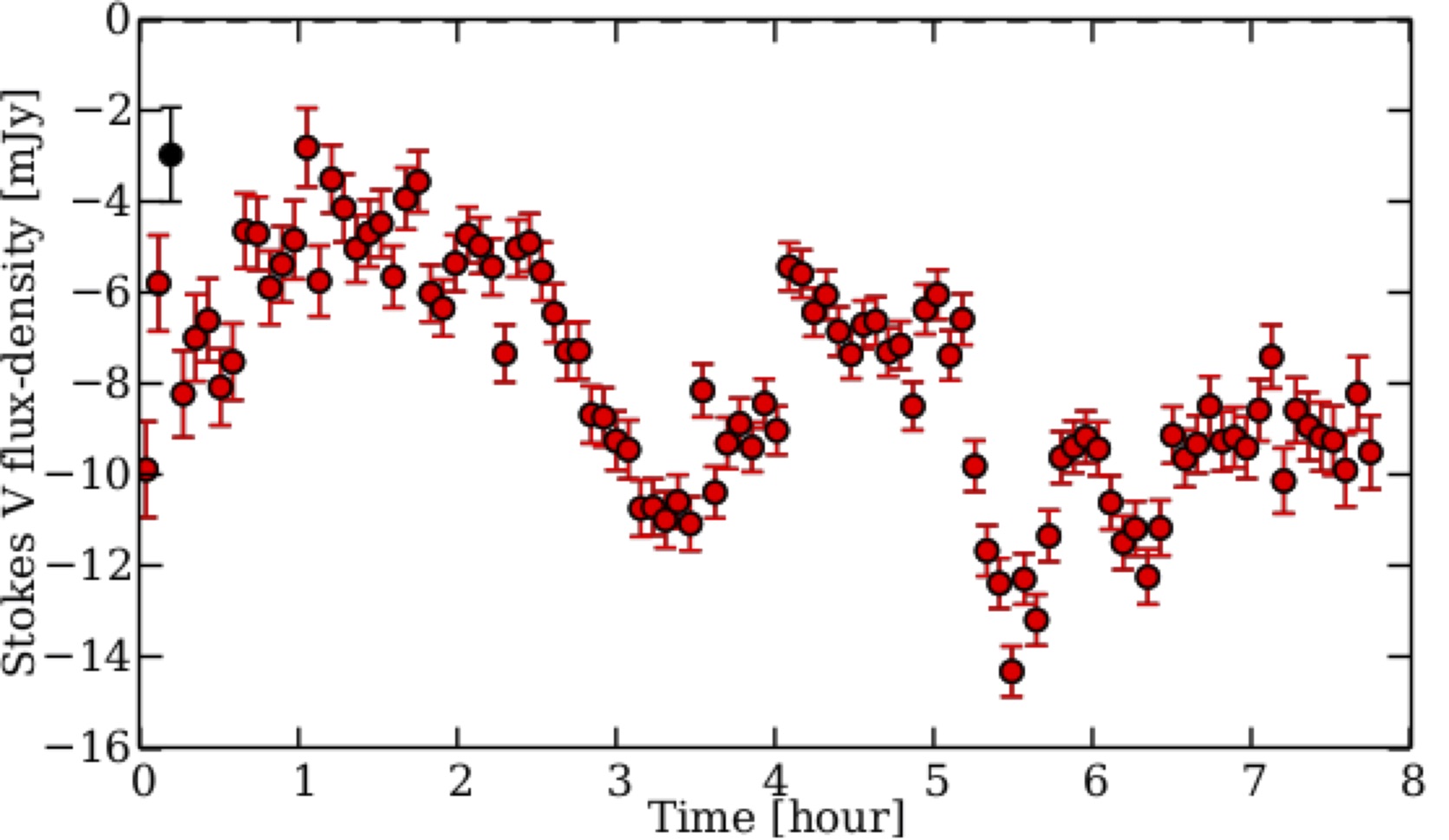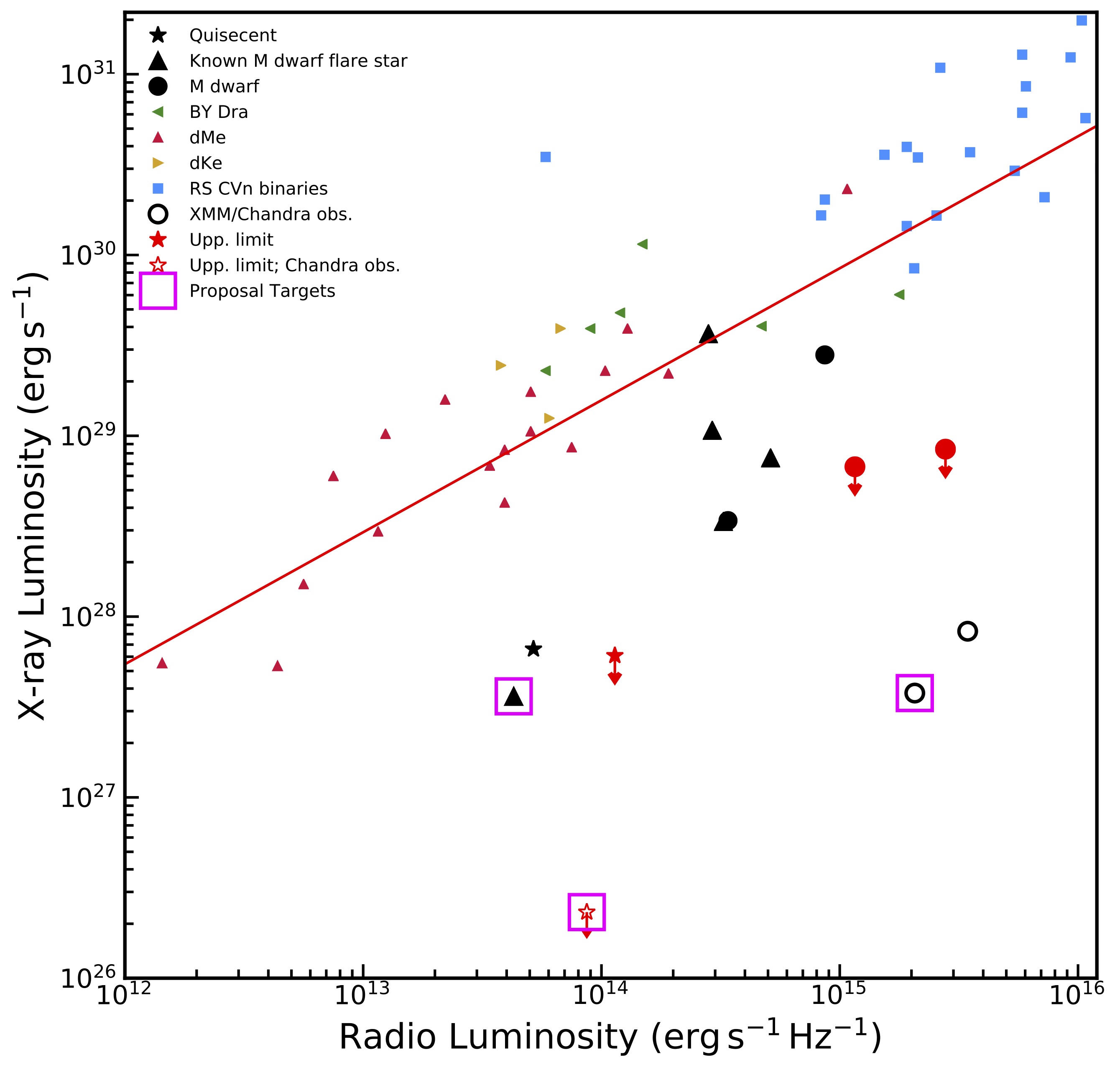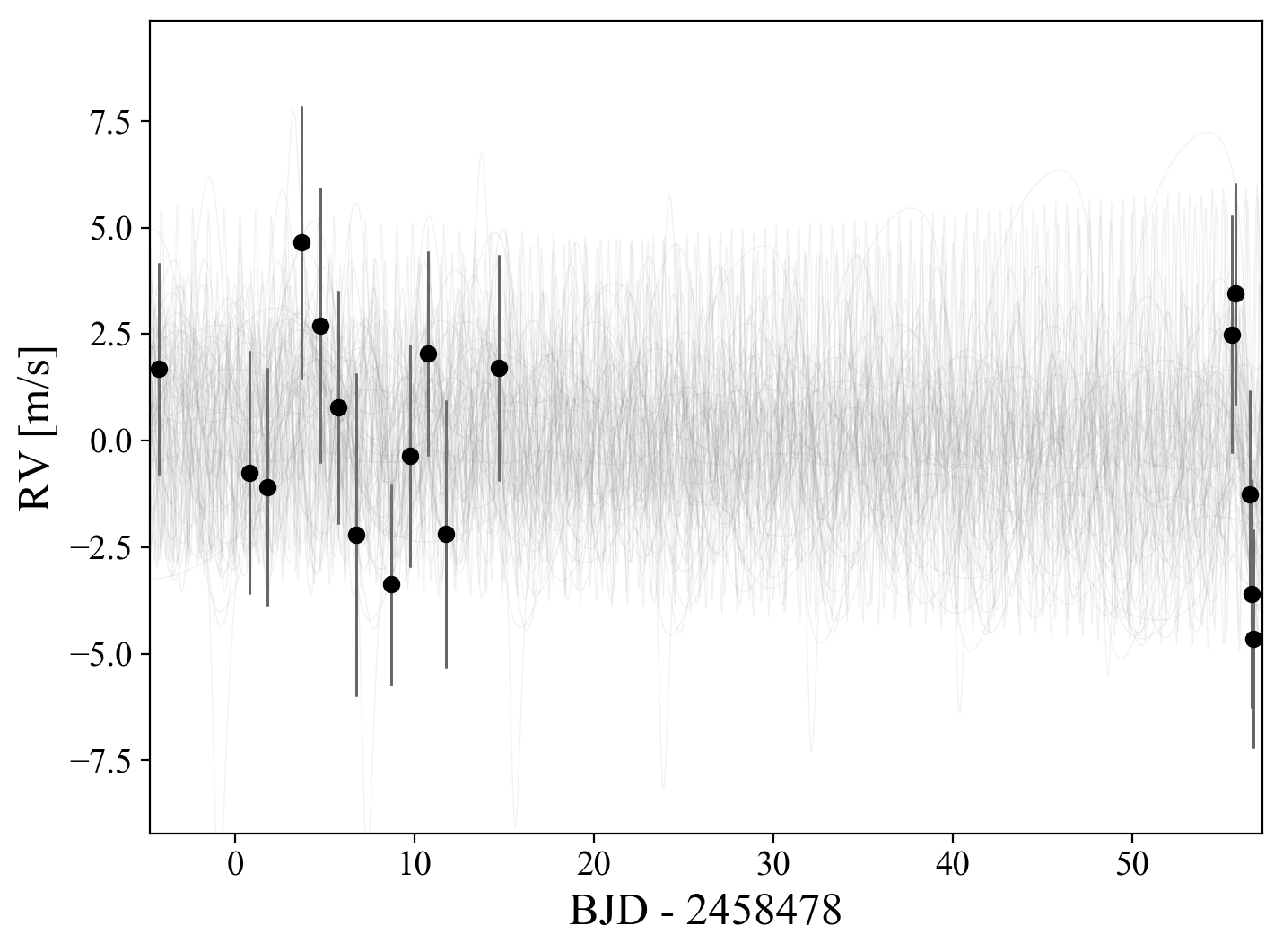Radio Observatons
of Star-Planet Magnetic Interaction
Benjamin Pope, NYU
NASA Sagan Fellow
benjaminpope.github.io/talks/nhfp/nhfp
Radio Astronomy
Theorists now say that expanded ionospheres of hot Jupiters might self-absorb this emission down to undetectable levels.

LOFAR
many more than would be expected from our previous studies scaling from the Sun!

GJ 1151

... but GJ 1151 is inactive and this emission is steady during the epoch it is detected.
Güdel-Benz Relation

HARPS RVs

Posterior Parameters


The Future
With the SKA - hundreds!